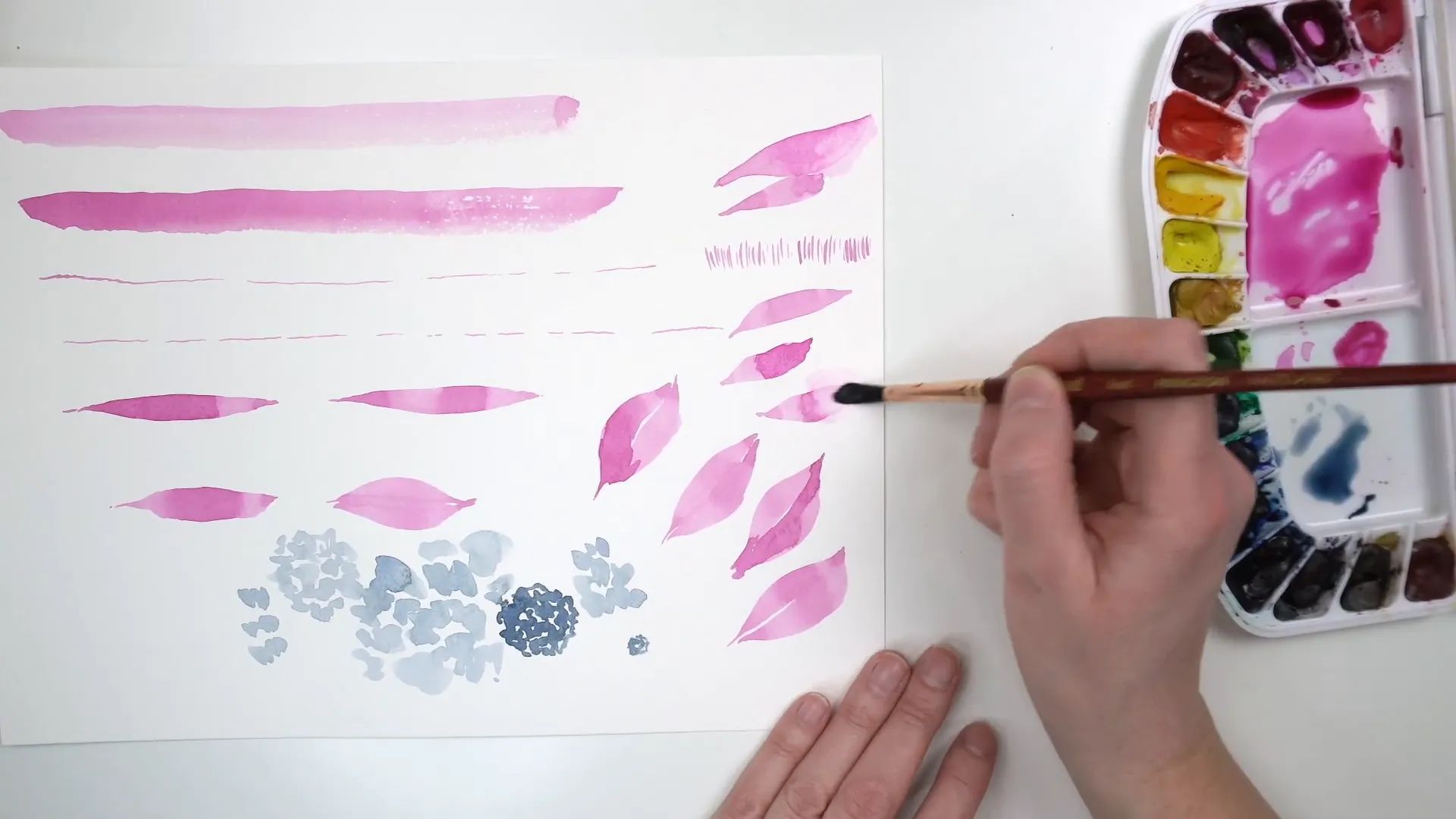If you're new to watercolor painting, you've come to the right place! This guide will cover all the essential fundamentals of watercolor, including recommended supplies, techniques, and tips to get you started on your artistic journey. Whether you're looking to create beautiful florals or stunning landscapes, this guide is designed to help you understand the basics and build your skills.
You can check out my YouTube video HERE as well!
Essential Supplies for Watercolor Painting
Let's dive into the supplies you'll need to get started with watercolor painting. The right tools can make a significant difference in your experience and results.
Watercolor Paints
The first thing you'll need is watercolor paints. You have two primary options: pre-dried pans or tube paints. Both options are effective, but they offer different experiences. Pre-dried pans are convenient and ready to use, while tube paints allow for more customization in color mixing.
I personally prefer tube paints because I can select the specific colors I want and arrange them in my palette as I see fit. A good option for beginners is the Winsor and Newton Cotman paints. They offer a balance between quality and affordability, making them an excellent choice for those just starting.

Watercolor Paper
Choosing the right paper is crucial. For beginners, I recommend Canson XL watercolor paper, specifically the 140 lb weight. It's durable, versatile, and provides excellent value. While there are higher-end options available, this paper is a great starting point.

Brushes
When it comes to brushes, having a variety of round brushes will cover most of your needs. A flat wash brush can also be handy for larger areas or landscapes. I suggest starting with sizes 4, 6, and 10, which will allow you to create a broad spectrum of effects. A set like this can be a great starting point.

Understanding Watercolor Techniques
Now that you have your supplies, let's explore some fundamental techniques that will help you get the most out of your watercolor painting.
Activating Your Paint
Watercolor operates on the principle of water. To activate your paint, simply wet the dry pigment with your brush. This process is known as "waking up" the paint, allowing you to mix it with water to achieve the desired translucency.

Wet on Wet vs. Wet on Dry Techniques
One of the essential techniques is the difference between wet on wet and wet on dry painting. Wet on wet involves applying wet paint to a wet surface, allowing colors to blend and bleed into each other. This technique creates soft, diffused edges and is perfect for backgrounds or soft florals.
On the other hand, wet on dry involves applying wet paint onto dry paper, allowing for more control and defined edges. This technique is ideal for creating detailed elements and layers.

Layering for Depth
Layering is crucial for adding dimension to your paintings. By allowing layers to dry before adding more paint, you can build up richer colors and textures. This technique is particularly effective for creating shadows and highlights in your work.

Common Challenges and Solutions
As you begin your watercolor journey, you may encounter some common challenges. Here are a few tips to help you overcome them.
Controlling Water Levels
One of the most common issues is controlling the amount of water on your brush and paper. It's essential to find the right balance. If your paper is too wet, you may struggle to control the paint and end up with puddles. Conversely, if it's too dry, you may experience scratchy textures. Practice finding the right moisture level for your painting.

Fixing Mistakes
Accidents happen! If you make a mistake, don't panic. You can lift color using a clean, damp brush or even a magic eraser. Simply wet the area and gently lift the paint away. The sooner you act, the better the results will be.

Taping and Stretching Your Paper
When working with watercolor, taping down your paper can prevent buckling and warping. This technique, known as stretching, involves securing the edges of your paper to a board or flat surface. This method is especially useful when working with larger washes or painting edge to edge.

Final Thoughts
Watercolor painting is a beautiful and rewarding medium. With the right supplies, techniques, and a bit of practice, you'll be well on your way to creating stunning works of art. Don't hesitate to experiment and have fun along the way! If you have any questions, feel free to reach out for help. Happy painting!


